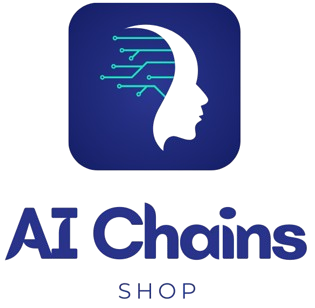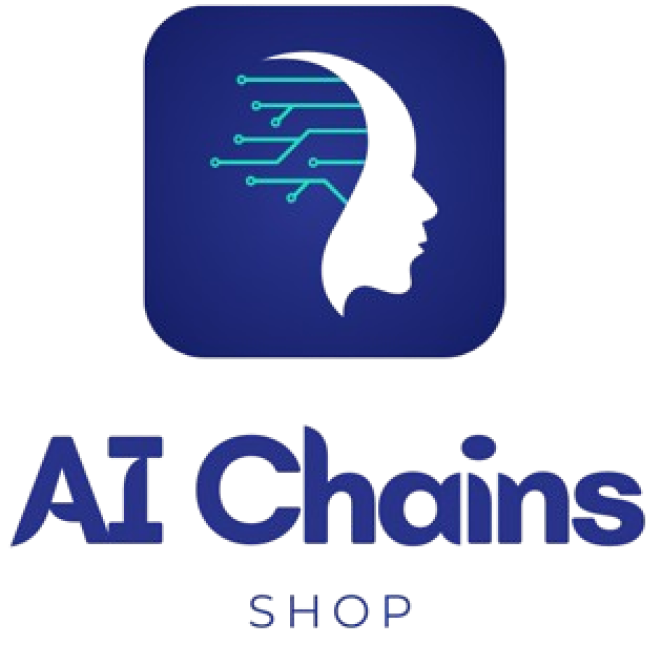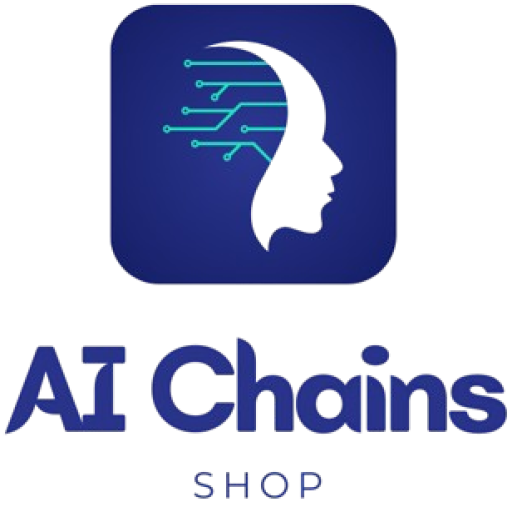How Transparent Token Design Builds Trust in 2025
The crypto market has matured beyond the speculative hype of its early years. Investors, developers, and regulators are now demanding one thing above all: trust. In 2025, that trust will not come from marketing or promises but from transparent token design, verifiable code, and systems that hold projects accountable on-chain. As decentralized finance (DeFi), real-world asset (RWA) tokenization, and blockchain governance grow, transparency has evolved from a nice-to-have to a core pillar of credibility. The future of crypto will be defined not by who can launch the next trending token but by who can design one that is open, sustainable, and trustworthy.
The Shift Toward Trust-Based Tokenomics
The crypto industry is undergoing a philosophical shift. For years, tokenomics focused primarily on growth and incentives — rewards, emissions, and speculation drove engagement. But the bear markets of 2022–2023 revealed a hard truth: most token models collapsed not from lack of innovation, but from lack of trust.
Today’s tokenomics are evolving around transparency, sustainability, and accountability. Teams focus less on inflationary rewards and more on mechanisms that prove value, buybacks, revenue sharing, and verifiable treasury reserves. Smart contracts, once used mainly to execute token swaps or farming rewards, are now tools of real-time accountability. They automate and expose every movement of funds. The result? Investors no longer have to rely on press releases; they can audit the truth straight from the blockchain.
Why Transparency Is the New Currency in Crypto
In a world of decentralized systems, transparency is trust. The projects leading in 2025 share a common principle: open data. From token supply schedules to on-chain voting results, the future belongs to ecosystems that show their workings in public. Transparency allows communities to see how teams manage treasuries, make decisions, and distribute rewards. It transforms investors into informed participants, replacing blind faith with verifiable insight.
Moreover, transparency isn’t just about good optics but survival. As regulations tighten and users become more discerning, developers and businesses are phasing out opaque systems. Projects that can’t provide verifiable proof of reserves or on-chain audits are increasingly viewed as high risk, no matter how big their brand.
The Rise of On-Chain Governance and Treasury Tracking
One of the most potent manifestations of transparency is on-chain governance. Gone are when teams made project decisions in private Telegram chats or centralized boards. Token holders can now directly vote on proposals, track fund allocations, and verify that outcomes align with commitments. Projects like Arbitrum, Optimism, and Uniswap have popularized the governance-driven ecosystem model, in which the community truly steers development.
This shift distributes power and creates an environment where financial management is visible. Treasury transparency has become a hallmark of trustworthy projects. Protocols now maintain on-chain dashboards showing real-time balance sheets, spending history, and yield generation. Investors no longer rely on quarterly updates: they can monitor a project’s health 24/7. In many ways, crypto is finally living up to its founding principle: don’t trust — verify.
From Whitepapers to Real Accountability
Whitepapers once served as the foundation of trust in crypto. They were the “business plans” of blockchain, full of promise, innovation, and often, speculation. However, as the industry matured, it became clear that a whitepaper was the only start. Today, investors are less impressed by theoretical models and more by execution and visibility. A project’s credibility now depends on its whitepaper and on-chain data consistency.
Metrics like token velocity, revenue flows, and governance participation are publicly trackable, allowing communities to measure whether teams deliver on their promises. It’s a new era in which performance replaces persuasion. Transparency has effectively turned investors into auditors, precisely what the ecosystem needed.
Building Investor Confidence Through Open-Source Verification
Open-source code has become the backbone of blockchain credibility. When a project’s smart contracts are public, the community can inspect them for vulnerabilities, hidden functions, or unfair mechanisms. This transparency is crucial in DeFi, where billions of dollars move through automated protocols daily. Projects that open their codebases to third-party audits and community review signal confidence and accountability, two traits that separate long-term builders from short-term hype projects.
In 2025, verification has replaced validation. Projects no longer seek mere approval from investors; they invite inspection. And investors reward this openness with loyalty and capital.
The dynamic is simple:
- Transparent code builds trust.
- Trust attracts users.
- Users drive sustainable growth.
The Role of Self-Cusody in Transparent Ecosystems
While token design and governance ensure transparency on the project side, self-custody ensures transparency on the user side. The philosophy is the same — if you can verify, you can trust. Self-custody wallets allow users to control and audit their assets directly on-chain, without intermediaries. This approach eliminates the risk of hidden rehypothecation or centralized mismanagement that has plagued many custodial platforms.
Transparency in crypto isn’t just about open protocols; it’s about empowering users, and that’s where self-custody becomes not just a technical feature, but a moral one, a return to crypto’s original vision of financial sovereignty.
Tangem and the Era of Verifiable Ownership
In this landscape of transparency and user empowerment, Tangem Wallet represents the next logical step — secure, self-custodial ownership that is both tangible and verifiable. Tangem combines hardware-grade protection with effortless usability. Unlike traditional hardware wallets that rely on complex seed phrases, Tangem simplifies secure storage while maintaining the highest security standards.
By eliminating single points of failure and giving users direct control over their assets, Tangem aligns perfectly with the industry’s new transparency ethos. It bridges the gap between blockchain-level openness and user-level confidence. Tangem Wallet transforms digital trust into something you can hold — a physical key to verifiable, self-sovereign ownership in a world increasingly built on code and cryptography.
Final Thoughts
The crypto industry is entering an era of radical accountability, where transparency defines legitimacy. From on-chain treasuries and governance to open-source verification and self-custody tools, trust isn’t built through marketing anymore; it’s engineered directly into the system. The projects that will thrive in 2025 and beyond are those that treat transparency as a foundation, not a feature. Every aspect of token design, community participation, and user empowerment converges into a single principle: clarity builds confidence.
Ultimately, the transparency revolution isn’t about hype but proof, participation, and empowerment. Every actor contributes to a more trustworthy ecosystem, from developers who open their code to users who secure their assets in wallets like Tangem. The new motto for crypto’s future isn’t “code is law” — it’s “code is confidence.” When developers embed trust in every transaction, contract, and wallet, the result is a digital economy that’s not just decentralized but dependable.













